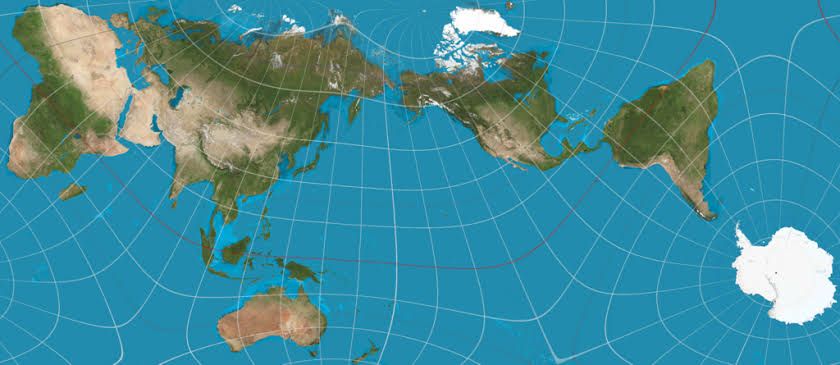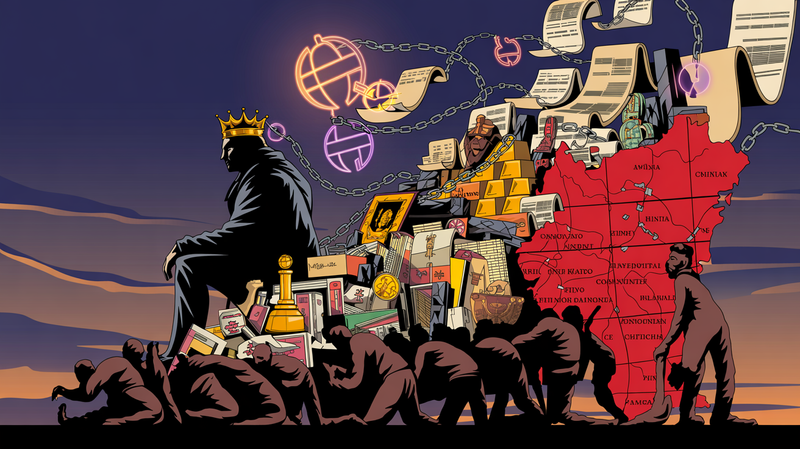Visual Manipulation of World Maps: The Case of Africa
Throughout history, maps have served as powerful tools to convey information, navigate territories, and even to exercise power and control. One of the most significant manipulations we see in world maps pertains to the African continent. Despite its vastness and natural abundance, it is often downplayed in size and significance.

Throughout history, maps have served as powerful tools to convey information, navigate territories, and even to exercise power and control. One of the most significant manipulations we see in world maps pertains to the African continent. Despite its vastness and natural abundance, it is often downplayed in size and significance.
Size Misrepresentation
Africa's landmass spans over 30.37 million km², which is notably larger than China, the US, and Europe combined. Yet, a prevalent cartographic distortion, especially in the Mercator projection, causes Africa to appear much smaller than its actual size. This deliberate downsizing on most world maps creates a visual effect, which can subconsciously shape perceptions about the continent's significance and potential.
Africa's Abundance
Africa is not just vast in size; it is replete with resources. Here are some facts highlighting its abundance:
- Possessing 60% of the world's arable land, Africa has the potential to become an agricultural powerhouse.
- The continent holds 90% of the world's raw material reserves, 40% of global gold reserves, and 33% of diamond reserves.
- Vital minerals crucial for modern technology such as Coltan (80% of global reserves) and Cobalt (60% of global reserves) are primarily found in Africa, especially in the Democratic Republic of Congo.
- Rich in oil, natural gas, manganese, iron, and wood, Africa's natural wealth is unparalleled.
- Namibia boasts the world's richest fish coastline.
Underpopulation and Potential
With a population of 1.3 billion spread over its vast landmass, Africa is less densely populated compared to countries like China. This subpopulation offers enormous potential for growth, development, and urbanization. By 2050, the continent's young population is expected to swell to 2.5 billion, further emphasizing its role in the future of humanity.
Challenges and External Influence
Despite its potential, the continent has faced challenges, many of which are fueled by external influences. For instance, the Democratic Republic of Congo, with its significant resources, has been destabilized for decades due to interventions by foreign entities like the CIA and various Western companies.
Cultural Diversity and Heritage
Beyond its material wealth, Africa is a melting pot of cultural diversity. Its rich traditions span dance, music, architecture, sculpture, and more. Furthermore, the continent is home to 30,000 medicinal recipes and herbs, many of which are adapted and modified by Western laboratories.
Conclusion
In a world that often looks forward to the next big thing, Africa stands as a continent that not only represents the future of humanity but has been a bedrock of human civilization from the very beginning. It's crucial that the world recognizes Africa's true size, potential, and value. Correct representation on maps is just a starting point; respecting and understanding its potential is the way forward.




